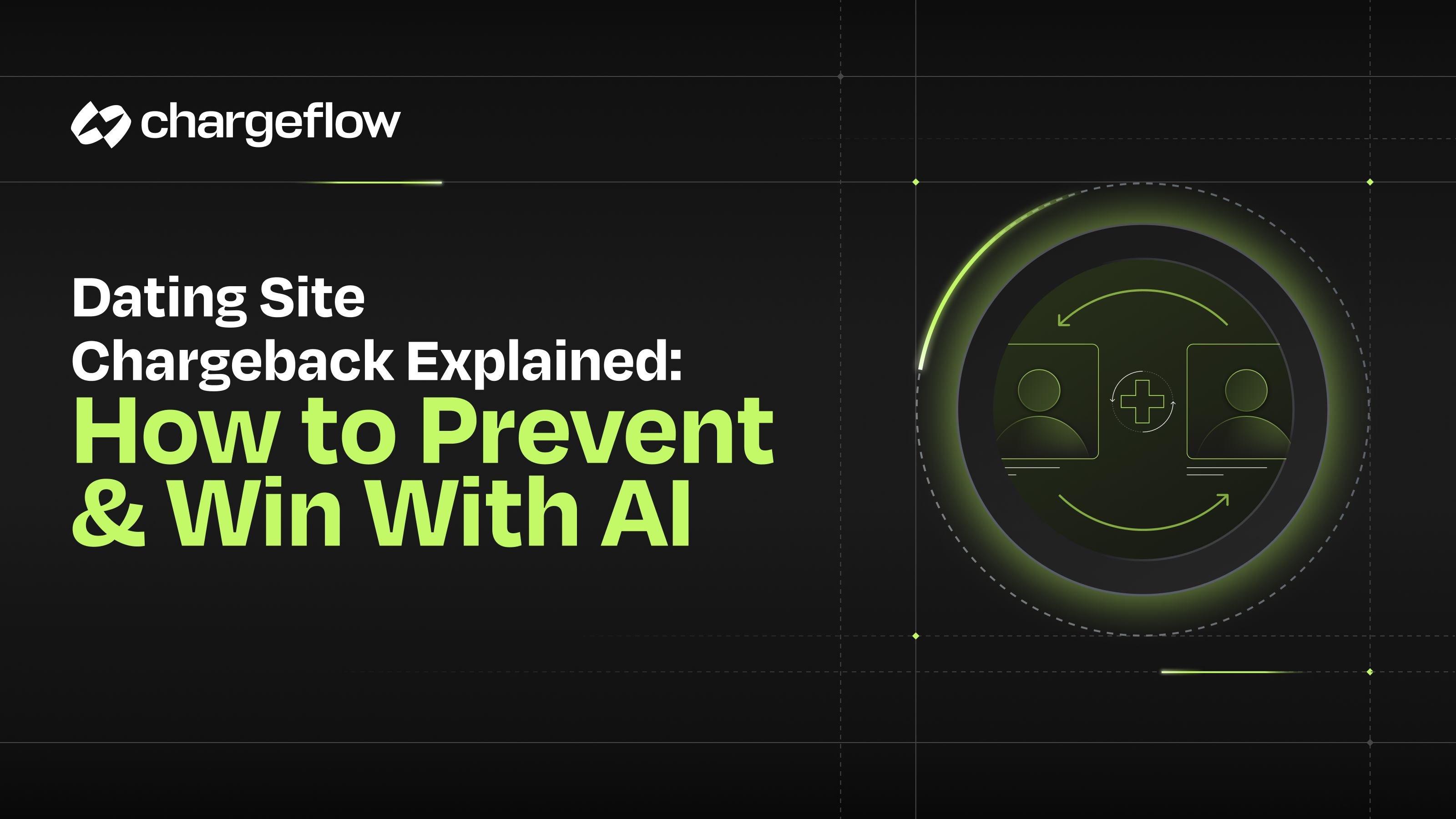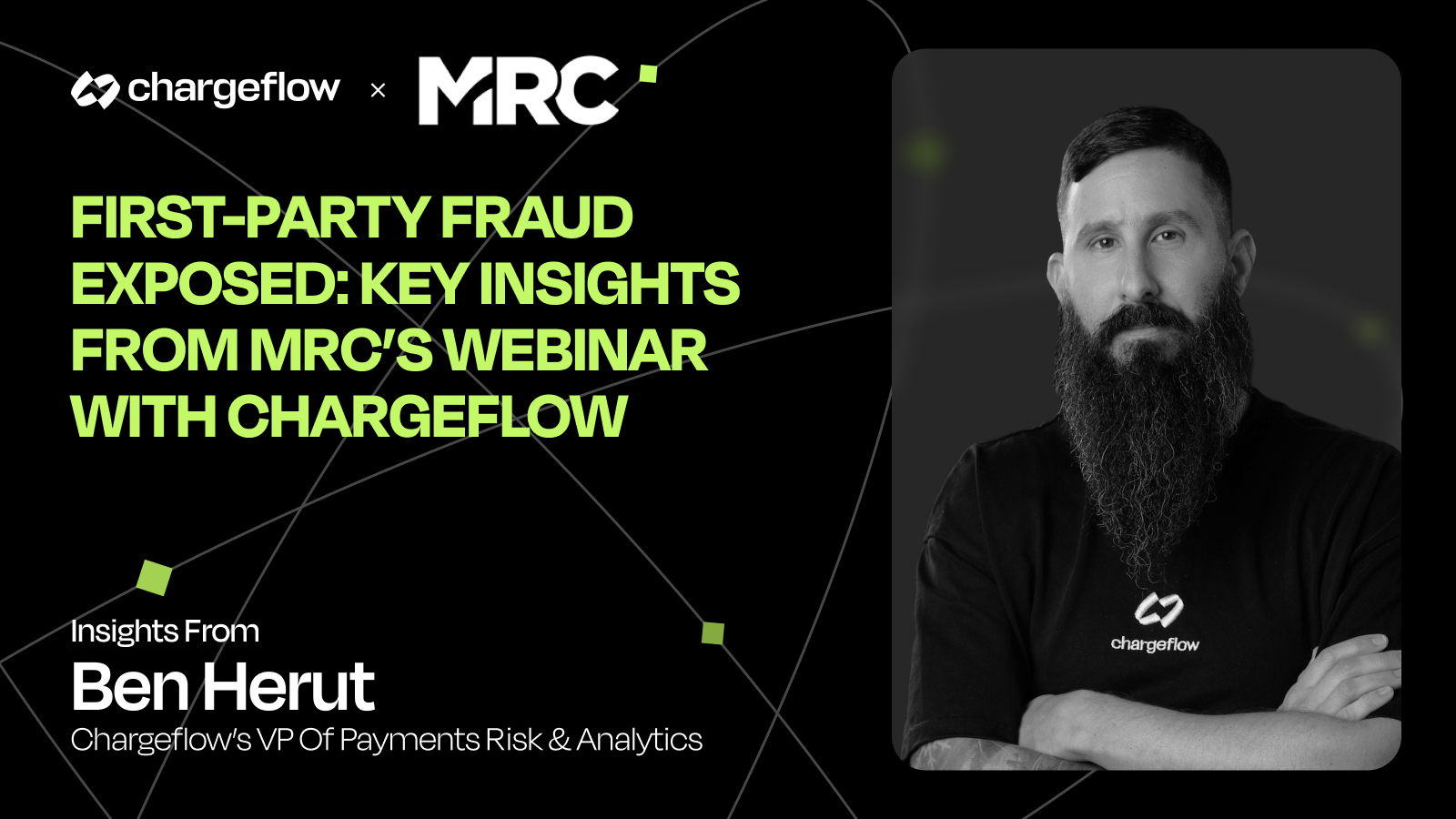Does Refunding TC40s Prevent Chargeback Liability? Experts Weigh In

Chargebacks?
No longer your problem.
Recover 4x more chargebacks and prevent up to 90% of incoming ones, powered by AI and a global network of 15,000 merchants.
Is refunding TC40 an intelligent way to avoid chargeback liability, or is it a double negative, producing emphatic negation? Here's what experts say.
Is refunding TC40 an intelligent way to avoid chargeback liability, or is it a double negative, producing emphatic negation?
That’s the question we seek to answer in this article.
As you probably know, TC40 reports are tools card brands, like Visa and MasterCard, use to track fraud and protect cardholders. TC40 report tells banks and card brands when sellers have fraud claims against their companies.
These reports determine a merchant’s ultimate fraud risk.
While specific methods for determining the figures and limits are private to the card networks, the more fraudulent claims made against you, the higher the chance that your acquirer will perceive you as a "high-risk" merchant.
Consequently, some sellers sometimes misinterpret and misuse these reports for chargeback prevention, resulting in double refunding a transaction due to the misconception.
Read on for tips from eCommerce merchants to help you make the best decision and avoid such costly errors.
The Meaning of TC40 or SAFE Report
TC40 and SAFE reports are documentation credit card issuers create when a cardholder disputes unauthorized charges. The card network sends TC40s to the merchant's acquirer, the relevant payment service provider (PSP). They equally send the report to the merchant (contingent upon whether the PSP provided that information).
These reports go by different names depending on the card issuer involved. For example, TC40 is the name of the fraud report documentation sent to Visa, but over at MasterCard, they call the report System to Avoid Fraud Effectively (SAFE).
Elsewhere like Adyen and Stripe, TC40s and SAFEs are known as Notifications of Fraud (NOF) and Early Fraud Warnings (EFW), respectively.
The reports contain data about the merchant accused of fraud, like their banking and transaction details. It also covers information about the cardholder making the fraud claim.
These files are often voluminous; acquirers rarely share them with sellers.
While merchants can request and track TC40s to improve their fraud prevention measures, TC40 reports are often misunderstood as a way of proactively preventing chargebacks, causing double refunds.

TC40 Data and Chargebacks Dichotomy
How does TC40 or SAFE affect chargebacks, you ask? A straightforward answer is that TC40 data has zero effect on chargebacks. And you should also know there's nothing like TC40 chargebacks. A TC40 report is only a notice of fraud claim, which may or may not be accurate.
So if your chargeback manager uses TC40 data as the single document for chargeback mitigation, they're making a mistake, as you'll soon find out. Additionally, although TC40 claims are typically released shortly after a fraud report, they do not prevent cardholders from filing chargebacks.
Some service providers sometimes use TC40 data claims to offer chargeback alerts, leading their merchants to issue refunds for transactions mentioned in the TC40 or SAFE to pre-empt the dispute. They believe doing so will keep their chargeback ratio low and avoid entering costly monitoring programs. However, this is a mistaken belief since the two situations have nothing to do with each other, and the chargeback might still happen.
More so, alerts for chargebacks based solely on TC40 data do not accurately identify the underlying causes. They presuppose that all chargebacks are due to criminal fraud. Yet, industry records show that criminal fraud accounts for less than 10% of all chargebacks.

Here's an illustration to help you understand why refunding a TC40 transaction is a double negative. Assume your customer received a payment notice of $200. And upon getting the notification, they contact their issuer to say they didn't make the transaction. Their issuer then flags the payment with a TC40 report.
Suppose your chargeback manager, like many others, erroneously uses TC40 data as a chargeback prevention tool and refunds the $200 transaction. They think they've made the right call to pre-empt a chargeback. But what happens is that you'll get hit with a chargeback shortly after – meaning you'll lose an additional $200. While you can recover the chargeback revenue, all things being equal, you can't regain the initial $200.
With all that said, it's vital to underscore that knowledge of TC40 reports is essential. Knowing when TC40 reports are filed against you assists you in developing or enhancing your chargeback prevention strategy for better efficacy.

A More Effective Way to Pre-empt Chargeback Losses
As TC40 reports are notices of fraudulent transactions, you must do your due diligence to prevent such headaches with anti-fraud tools. These tools will help you stop fraudulent orders before the transaction goes through. With that, you can limit bank inquiries and, invariably, the number of TC40 reports filed against your company.
That’s the first step.
The second step is to adopt chargeback prevention best practices to limit chargeback exposure. You want to be sure that:
- the order information is clear,
- you obtain order delivery confirmations,
- your customer relationship is in good standing,
- your billing, refund, and cancellation details are well-crafted, and
- you're billing customers with their authorization.
And then you must also make provision for friendly fraud and online shoplifters who always try to beat the system.
Explore Chargeflow fully automated chargeback solution, and see how eCommerce merchants are futureproofing their transactions with AI-assisted dispute recovery with success-based pricing.

Chargebacks?
No longer your problem.
Recover 4x more chargebacks and prevent up to 90% of incoming ones, powered by AI and a global network of 15,000 merchants.






























.png)








